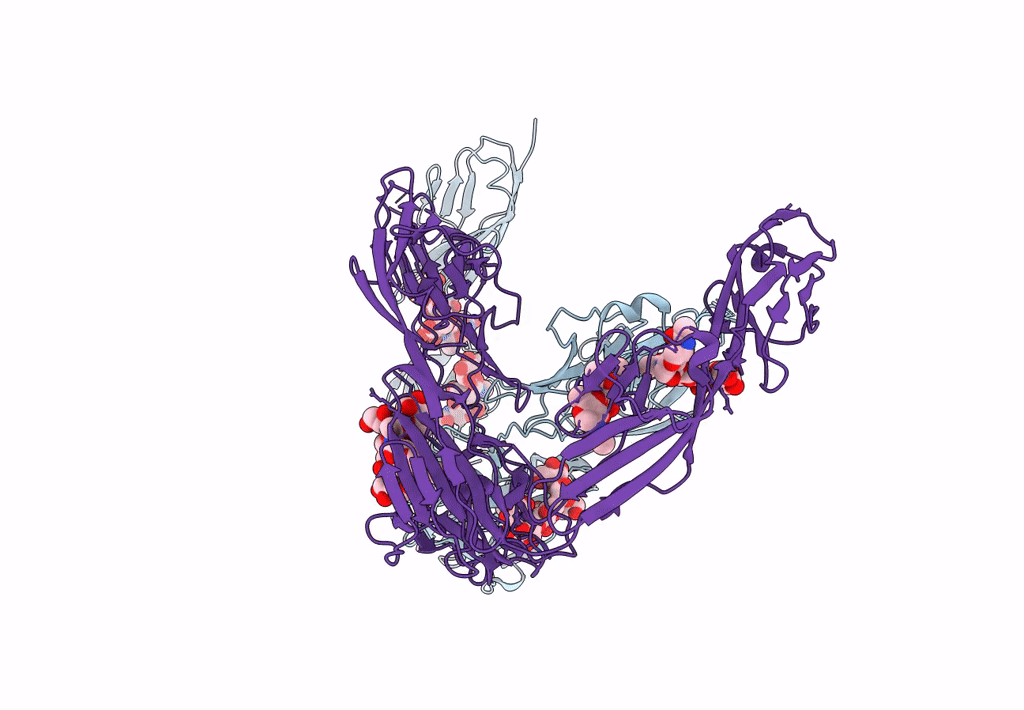
Deposition Date
2021-05-17
Release Date
2022-12-14
Last Version Date
2024-10-23
Entry Detail
PDB ID:
7OK5
Keywords:
Title:
Crystal structure of mouse neurofascin 155 immunoglobulin domains
Biological Source:
Source Organism:
Mus musculus (Taxon ID: 10090)
Host Organism:
Method Details:
Experimental Method:
Resolution:
2.97 Å
R-Value Free:
0.26
R-Value Work:
0.22
R-Value Observed:
0.22
Space Group:
P 21 21 21


